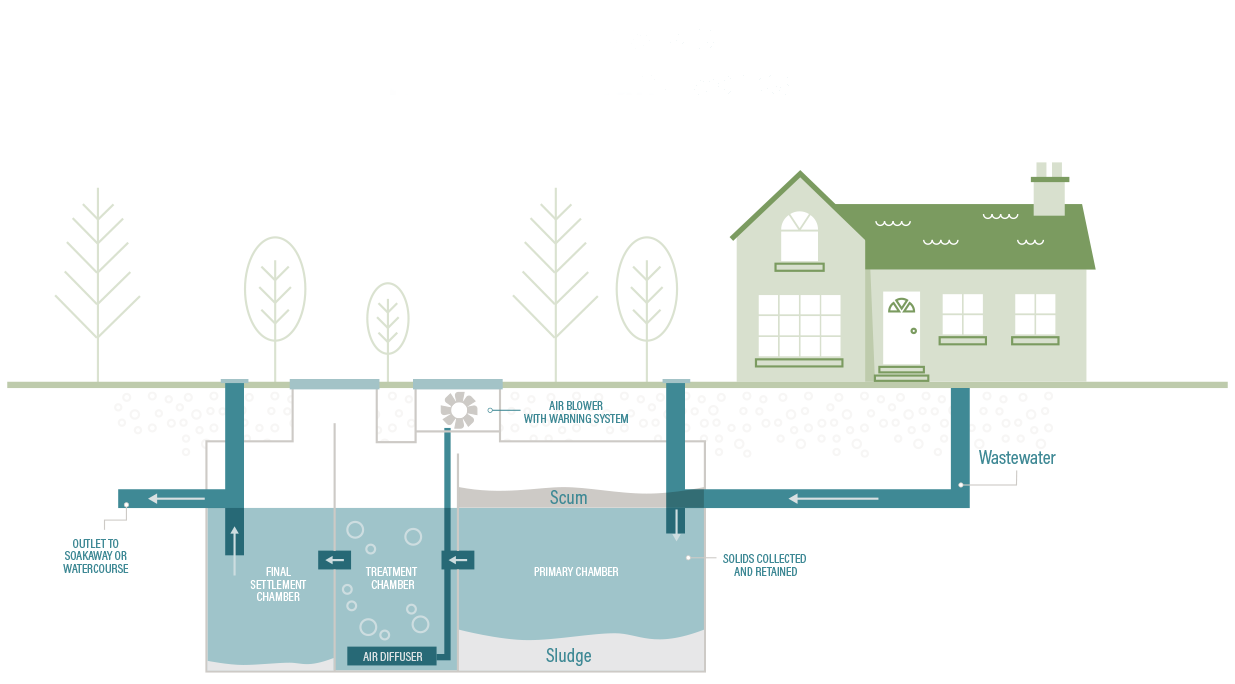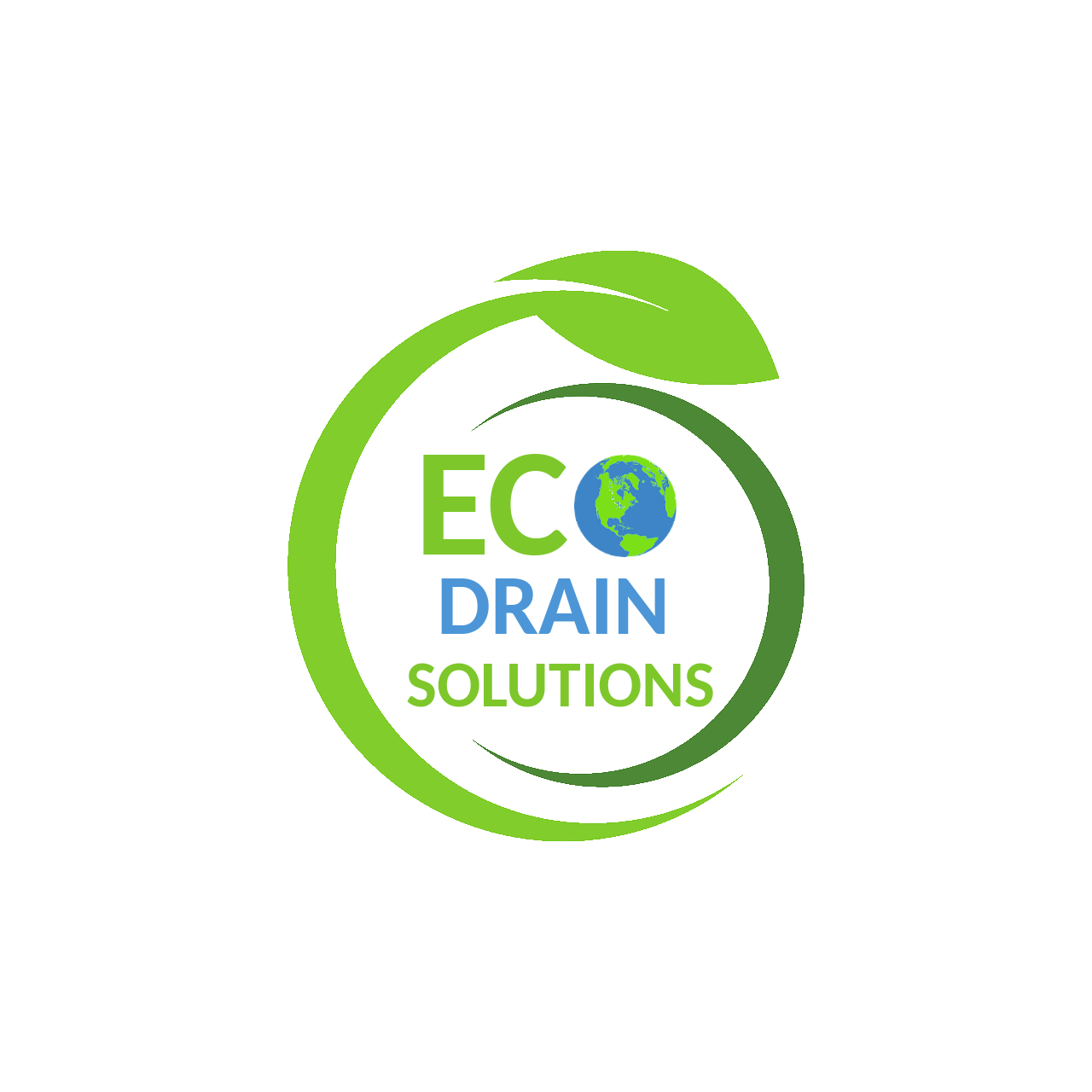Sewage Treatment Plant Installation
We offer a sewage treatment plant installations services across the whole of the East of England.
Compliant Sewage Treatment Plant Installations
More often than not, sewage treatment plants are a replacements for failing septic tanks. As it is becoming common for local councils to require increasing ecological standards from septic systems, sewage treatment plants are becoming the first choice for sewage treatment thanks to their eco-friendly drainage process.
Sewage treatment plants purify the waste thoroughly, eventually emitting almost clean water. Therefore, they are a more environmentally friendly sewage treatment option, hence why they are fast becoming a preferred method of drainage.
With an experienced team of engineers, we can deliver industry leading sewage treatment plant installations so you can be assured your off mains drainage is safe, compliant and eco-friendly.
How a Sewage Treatment Plant Works

The Sewage Treatment Plant Installation Process
The next step is a survey. This involves having the tank pumped to establish its condition. A CCTV camera survey follows to clarify the condition of the drainage network.
Any form of septic tank or soakaway replacement will require a Percolation Test. This assesses the absorption qualities of the soil in the garden where the replacement will be sited. It is a Building Regulations statutory obligation and calculates the minimum size of the new septic soakaway or drainage field to safely store underground, the daily discharge from the property whilst it permeates into the ground.
The Survey Report will highlight the extent of the problems confronting the householder. Each measure has a variable cost depending on size and scale of solution.
In some cases, it is not possible to discharge flows to a new soakaway, perhaps due to lack of space, poor invert levels or the need to position in higher ground. In these instance’s a simple pump station will be included with the new soakaway. Alternatively, the most appropriate measure is a Retrofit Sewage Treatment Plant which can have a pump included. This is particularly beneficial where a watercourse can be accessed as rules dictate any discharge to a water course must be via a treatment plant.
In these two instances the original septic tank has to be operating effectively. If not the discharge will require treatment from a sewage treatment plant which conforms to national and European standards. The discharge from such a unit is virtually pure water and as such can be safely pumped or gravity fed to the ground via soakaway or drainage field as described above.
A domestic sewage treatment plant is the only ethical and environmentally acceptable method of replacing a septic tank. It is more expensive because it has multiple sections where the raw sewage is subjected to air injection from a compressor activating the sludge causing anaerobic digestion therefore purifying the fluids to the levels where it can be safely discharged into streams and rivers without harming marine life.
What to expect
Step 1 - Book an Engineer
Book one of our expert Engineers to come out at a time that suits you.
Step 2 - Quotation and Report
We will send you a document covering every aspect of the proposed work and showing all the costs incurred.
Step 3 - We Carry out the Work
We carry out all the work to a professional, reliable standard and keep you updated every step of the way.
